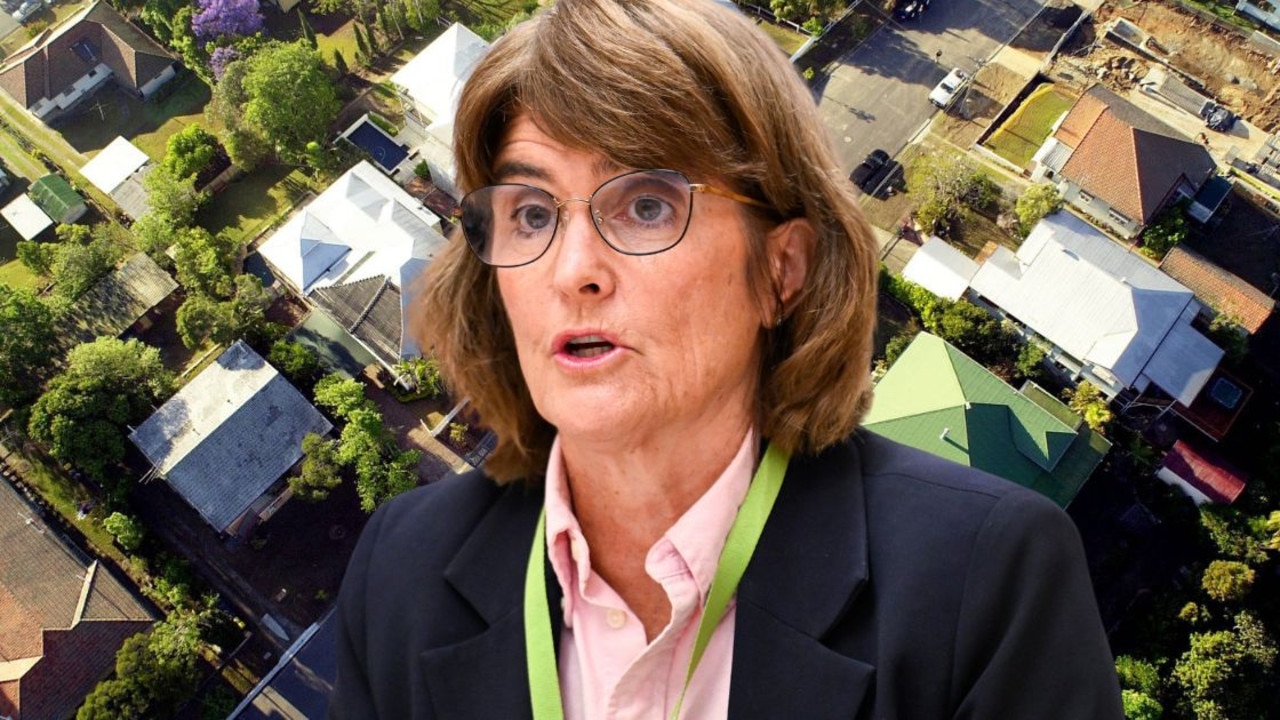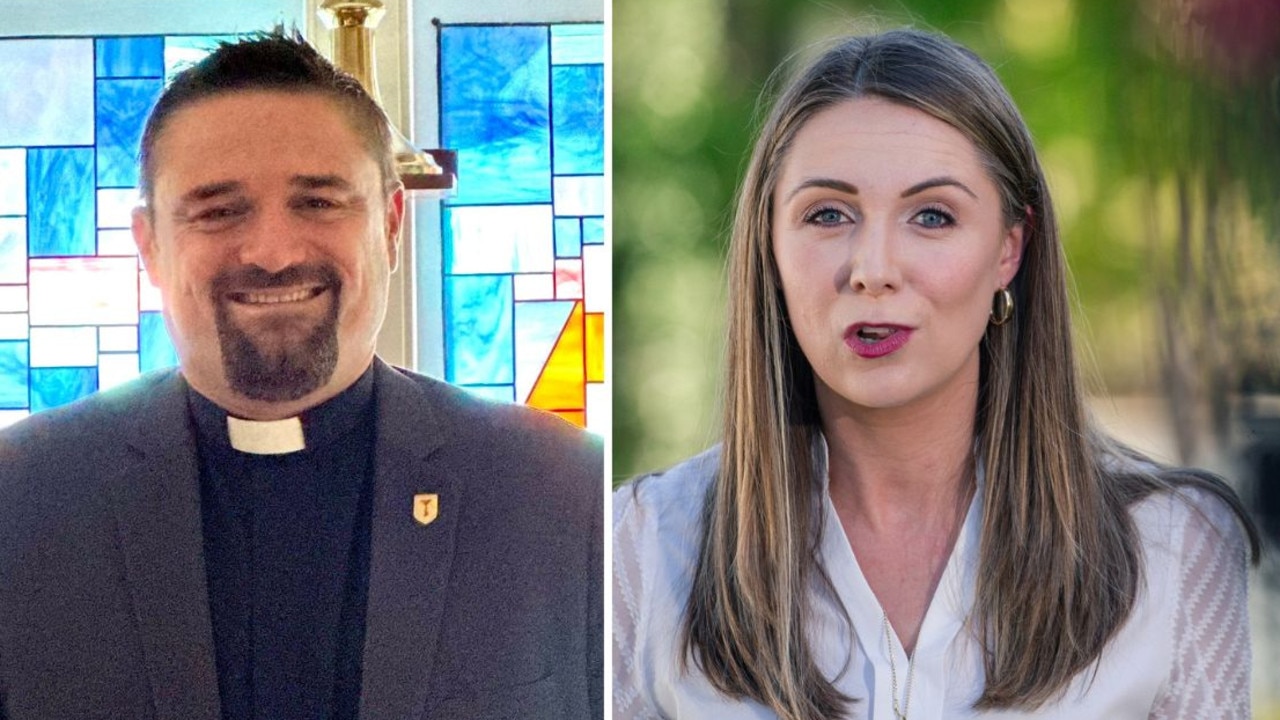Tracking down the elusive Sir Thomas Brisbane
Brisbane was named after a man most of us know very little about. Former mayor Sallyanne Atkinson sought to address this with a personal pilgrimage to his home town in Scotland where she found answers to some long-wondered questions.

CM Insight
Don't miss out on the headlines from CM Insight. Followed categories will be added to My News.
ASK a dozen people on the streets of Brisbane how their city got its name and you’ll get blank stares.
And ask a dozen people on the streets or Glasgow or Edinburgh if they know of the Scottish connection with Brisbane, Australia, and you’ll get the same blank stares.
Brisbane was Sir Thomas Makdougall Brisbane, a Scot who came from Largs in North Ayrshire to be the sixth Governor of New South Wales in 1821.

When John Oxley sailed north from Sydney in 1823 and found a wide-mouthed river he named it for his boss. Later, the convict settlement established upriver was called Brisbane.
I’ve recently been to Largs, on a sort of pilgrimage to find out more about the man who gave his name as well as his influence to our city.
Largs is where he died on January 27, 1860, in the same bed in which he had been born 87 years earlier.
It’s a seaside town (population 11,000) on the banks of the Clyde where people go from Glasgow for holidays. The beaches are not Bondi or Surfers Paradise but the islands of Arran, Bute and Cumbrae are ferry rides away.
Inland from the town there are rolling green hills and lush pastures, nowadays scattered with sheep.
Sir Thomas had an estate in Brisbane Glen. It was here that he built Scotland’s first private astronomical observatory and established his own international reputation.
Astronomy was his passion and the reason that he actively lobbied for the job of Governor of New South Wales. He was keen to study the uncharted stars of the unknown Southern Hemisphere.

His interest in astronomy had begun as a young soldier when a navigational error almost shipwrecked his regiment,
His expertise would be recognised by, for example, his early election to the Institute of France which was unheard of for a foreigner.
In 1808 he built his own observatory at Brisbane House, where new precision instruments could determine star positions and improve the accuracy of the longitude and latitude measurements for navigation.
His instruments and designs were to be adopted at the Royal Observatories of Edinburgh and Greenwich and in national observatories around the world.
In New South Wales he was to design and build our first observatory at Parramatta, using instruments he had brought with him and his own money for the building and staff.
Here they would catalogue 7385 stars.
Now there’s a move to restore and preserve the Brisbane Observatory which lies in a ruined state in Brisbane Glen. The Brisbane Observatory Trust has been set up with the senior descendant of the Brisbane family, Major General Sir Seymour Monro, as its president.
Sir Thomas’ own family died out with the death of each of his three children in their 20s. Other family members inherited the house but no-one lived there after the 1930s and it was demolished in 1941 as part of a wartime training exercise.

In Largs there’s a small Museum, tucked away behind the main street and next to the old cemetery. It’s open through summer months and on request in winter as it’s manned by volunteers. The Largs Heritage Centre, also closed for the winter, is in St Columba’s Church on the seafront and has interesting Brisbane (Queensland) memorabilia, including a painting of our City Hall by the late Brisbane artist William Bustard.
The plaque says it was presented by the City of Brisbane on July 23, 1954, the date of Sir Thomas Brisbane’s birthday.
In return, we got his own telescope which is on display in the Museum of Brisbane.
The only building left that really honours Sir Thomas is his mausoleum in the old Largs cemetery in the middle of town, where he is buried and where there are memorials to his children.
Two were born in New South Wales, Eleanor Australia Makdougall Brisbane, in 1823, and Thomas Australius Makdougall Brisbane in 1824.

The use of the Latin female and masculine versions are interesting because the name Australia was not then in official use, but being used by people of influence.
Governor Brisbane was recalled after four years, not exactly in disgrace but accused of mismanaging Government money and “allowing confusion in the finances of the colony”.
Like Governor Macquarie before him he had made enemies within the colony for encouraging capable ex-convicts and they had undermined him with his political masters in London.
Sir Thomas’ search for a northern settlement was to find a site for the “worst of the worst” convicts to get them as far away as possible from Sydney and, presumably, the free settlers who didn’t want to be reminded of the original purpose of their existence.
Like Macquarie, he saw a future for New South Wales beyond its origins as a penal colony and identified the people who would make it happen, whatever their origins had been.
So the only city which bears the name of this earnest scholarly man was first managed in ways he could not approve.
The Brisbane convict settlement was known for the harshness of its punishment regime.

Back in Scotland the Brisbanes would continue to be active.
In the local community, they established the Brisbane Academy in Largs where girls as well as boys were to be educated.
At his wife’s family home at Makerstoun, in the Scottish borders, Sir Thomas built another observatory.
In 1828 he was given the Royal Astronomical Society of London’s Gold Medal and, in 1833, he became President of the Royal Society of Edinburgh where his portrait still hangs in their George S, Edinburgh, rooms.
The Brisbane name is not well known in Scotland — and I don’t mean our city in Queensland.
There are no Brisbane names in the telephone directories of Largs, or Edinburgh, Abderdeen, or Inverness.

There are only eight Brisbanes listed for Glasgow. There are, of course, thousands of Macleans, McLeods, Macdougalls.
Back here we do have the Sir Thomas Brisbane Planetarium, that marvellous place at Toowong which is a fitting tribute to our man of stars.
And we do have his stars on our flag. The City of Brisbane flag which is blue and gold, representing the river and the sun, contains Staffordshire knots for his old regiment … and stars to recognise his achievements in astronomy.
Sallyanne Atkinson is a former mayor of Brisbane


